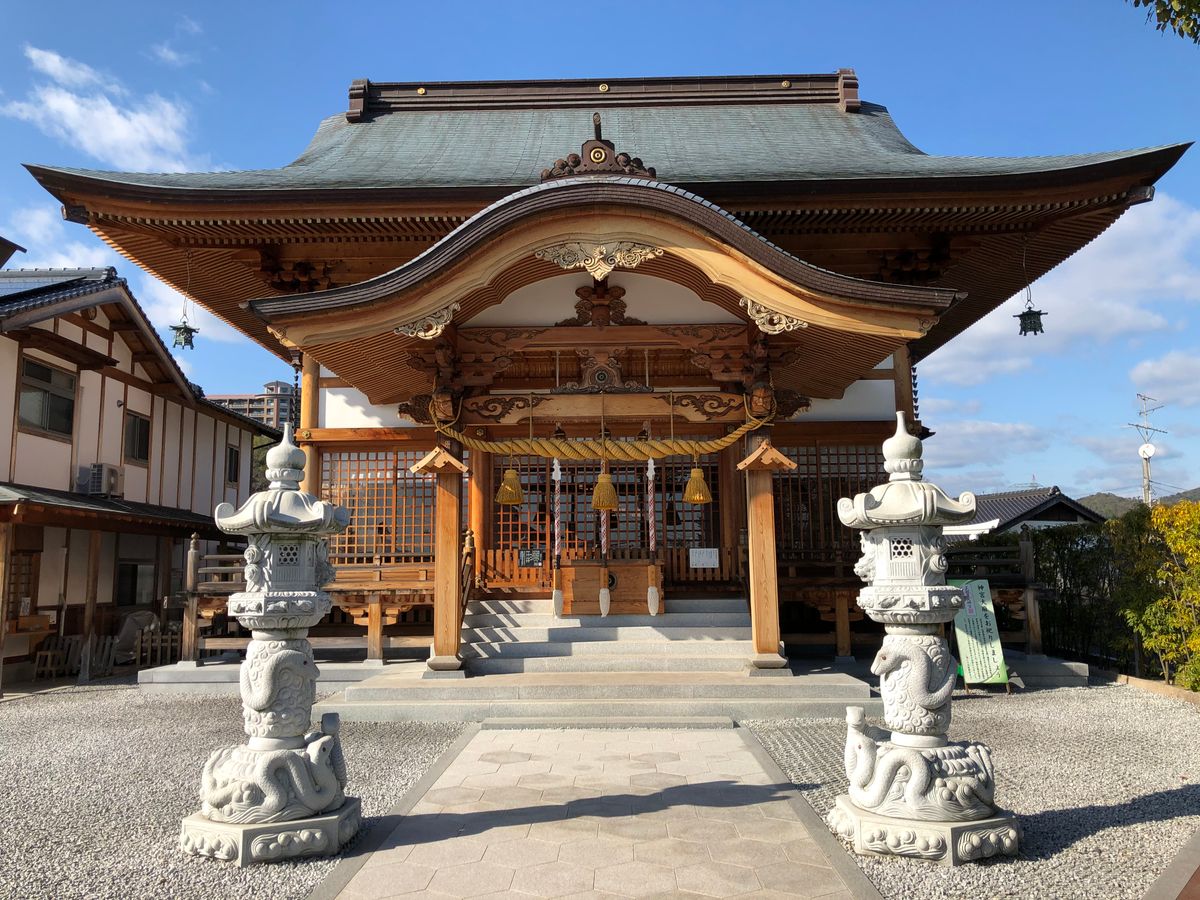About
In Japan, the shirohebi (white snake) has been considered sacred since antiquity, long before the emergence of a hard rock band with a similar name. White snakes are believed to be messengers of Benzaiten (Saraswati in Hinduism), bringers of fortune, or water deities, depending on the region. The whiteness of such snakes, of course, comes from albinism, a relatively rare occurrence in nature.
But not so in Iwakuni, a city at the southern end of Japan’s Honshū island. There, albino Japanese rat snakes have been commonly found at least since the 18th century. They were bred to get rid of rats and well cared for, as they were considered sacred. By 1925, there had been said to be about a thousand white snakes in Iwakuni.
In 1972, the white snakes of Iwakuni were designated as a Natural Monument. Their number had grown smaller due to the decrease of rats in the area, but in 1965, six breeding facilities were established to protect their genes. In 2005, a total of 953 white snakes were recorded.
In 2012, Iwakuni Shirohebi Shrine was founded to honor these sacred snakes and their mistress, Benzaiten. Although the shrine itself is not quite outstanding, it holds enclosures where visitors can view the ruby-eyed white snakes. The breeding facility in the shrine grounds, which is not open to the public, is home to about 400 white snakes tended by local volunteers until they reach 3 years old.
At the shrine's small gift shop, visitors can purchase original lucky charms and even stuffed animals. Some of them contain the real shed skin of white snakes, which are said to bring good luck and fortune.
If you're interested in the white snakes of Iwakuni, there is another viewing facility called the Iwakuni Shirohebi Museum in Kikkō Park, across town on the other side of the famed Kintai Bridge. And, of course, you may also encounter a wild one if you're lucky enough.
Related Tags
Know Before You Go
Iwakuni Shirohebi Shrine is about 20 minutes by walk from Iwakuni Station, 10 minutes by bus. Kikkō Park is a five-minute walk from the Kintaikyo bus stop, about 15 minutes from the Iwakuni Station bus stop. The museum is in the northern corner of the park.
Hidden Japan: Sado Island, Nara & Kyoto
Explore a different side of Japan.
Book NowCommunity Contributors
Added By
Published
September 24, 2020


























